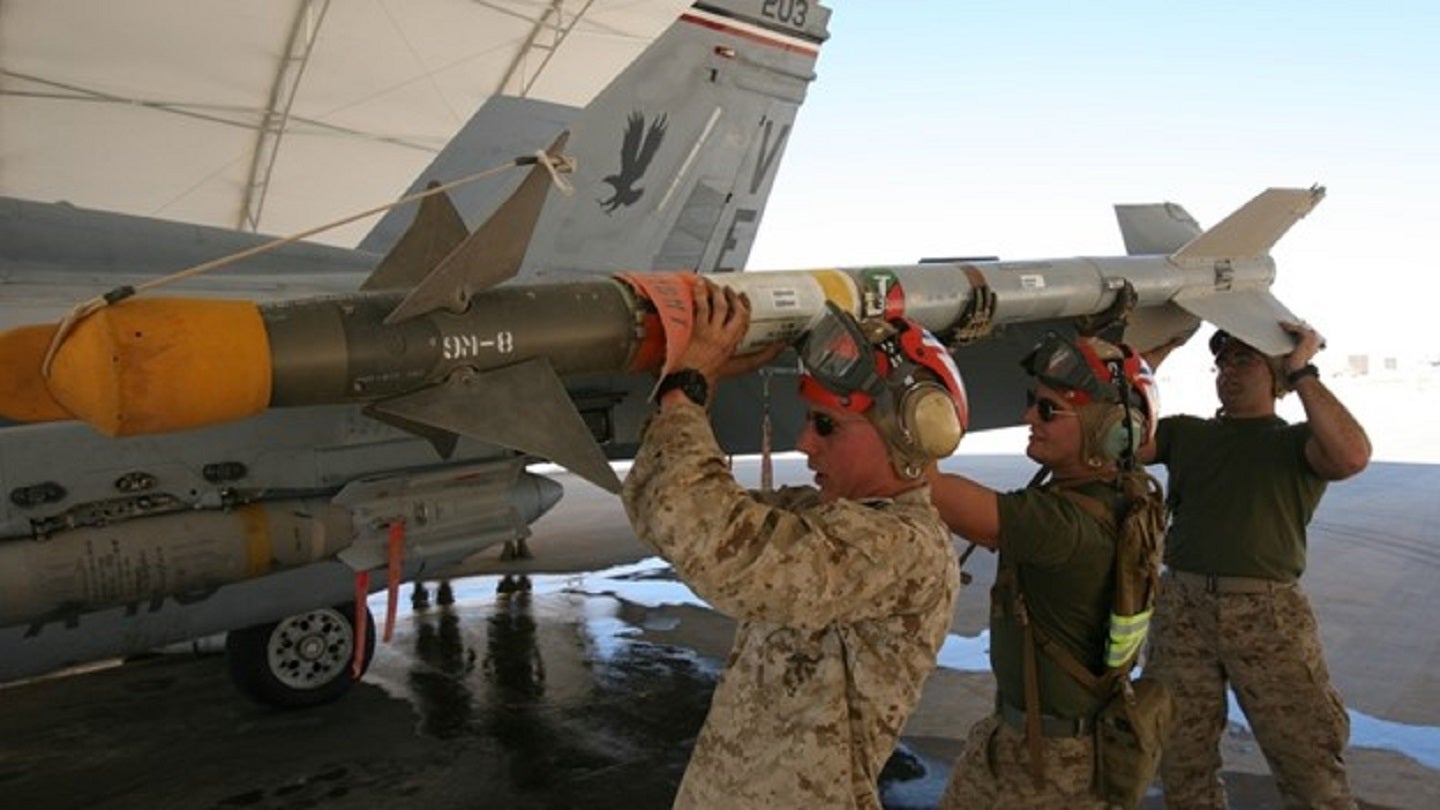
As part of the United States’ 45th tranche of military support to Ukraine worth $250m, the US Department of Defense (DoD) announced it will donate AIM-9M Sidewinder missiles from its stores among other stocks of ammunition and artillery.
While the DoD’s Ukraine fact sheet for 14 August does not account for any Sidewinder dispatches to Ukraine, it does take them into account for the first time in yesterday’s fact sheet.
However, this is not the first time the eastern European nation has received this family of missiles, as Canada has already supplied 43 AIM-9 missiles from its own inventory from as early as May this year.
As it stands, Ukraine’s Armed Forces continue their counteroffensive against invading Russian forces entrenched in the south and east of the country across a network of defensive positions with layers of minefields to prevent large-scale movement of armour – much to the dissatisfaction of the US and other Nato allies supporting Ukraine.
Russian aerial strikes have indiscriminately attacked Ukrainian personnel, critical infrastructure and military equipment and resources. The invader’s use of Iranian-made Shahed unmanned aerial vehicles (UAVs) and fighter aircraft prove to be a formidable and ongoing threat to Ukraine’s success.
Using the Sidewinder against Russian aerial presence
Since the announcement of the military package yesterday, reports have speculated about how the missiles will be used to intercept the threat of Russian aircraft and UAVs.
Forbes is one media outlet that suggests the force may be preparing to use these missiles as part of the arsenal of the forthcoming F-16 fleet, after the US recently gave the green light for its allies and partners operating the platform to send these fighter jets to Ukraine.
However, the end user can employ the Sidewinder in different ways to bolster Ukraine’s air defence.
GlobalData Aerospace and Defence Analyst Sourabh Banik states that “because it is a versatile missile and can be used on the ground and in the air, it will help Ukrainian forces to use it for all sorts of missions.”
The missiles may also be used by ground-based systems that fire Sidewinders. Lithuania and Norway have donated NASAMS air defence systems to Ukraine earlier this year, which are able to fire Ukraine’s new missiles.
Ukraine finds itself in a desperate situation when it comes to intercepting aerial threats. The nation consumes through its extensive yet declining supply of ammunition, which allied countries are struggling to produce at the appropriate rate.
From this perspective, it would be fair to say that the Sidewinders will be replenishing missile stocks all-round – particularly the NASAMS, which are already operational in Ukraine unlike the anticipated F-16s.
US motivations for sending the Sidewinder for the first time
The DoD recently awarded RTX a $236.7m contract in June 2023 to supply the latest AIM-9X Sidewinder missiles to the US Armed Forces and other Foreign Military Sales customers.
The move to provide Ukraine with AIM-9M missiles may be motivated by its commitment to the struggling counteroffensive while also replenishing its own stores with more advanced missiles.
GlobalData Aerospace and Defence Analyst James Marques also emphasises the cost-saving benefit to supplying the Sidewinders: “It is worth noting the unit cost for an AIM-9 varies but is usually around a third of a single AMRAAM, which should make it more cost-effective against some targets.
“The main problem with defending against Russian air attacks is that weapons like the Shahed drone can cost as little as $30,000, but an AMRAMM is usually around a million.
“AIM-9 will be cheaper and more cost effective. In terms of performance it isn’t the most recent version (9-X) but it is still well regarded, about as well-performing as most short-range missiles.”
One conclusion we can take away from this donation is that the Sidewinder is a well-regarded missile that will have a reasonable impact for a very reasonable cost.








